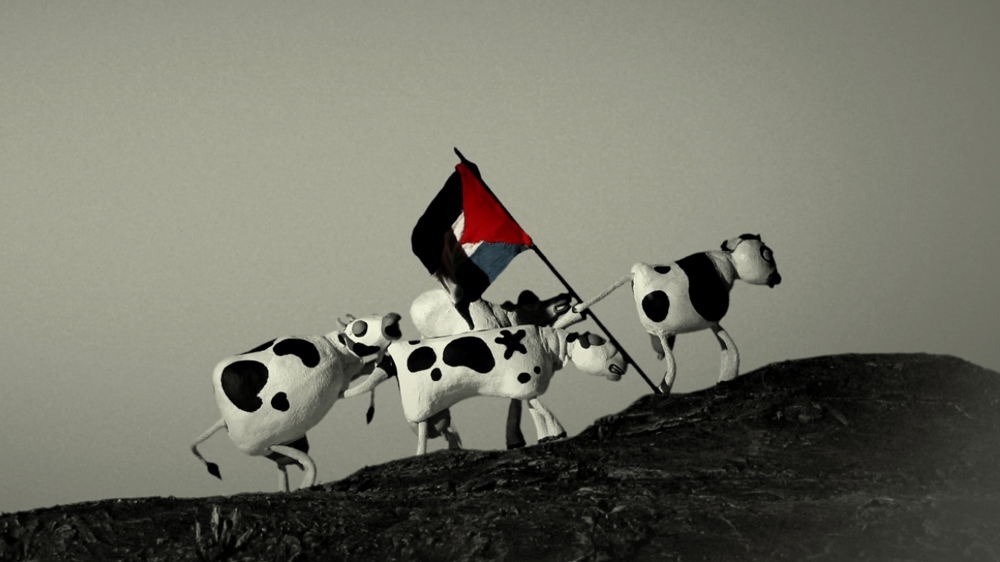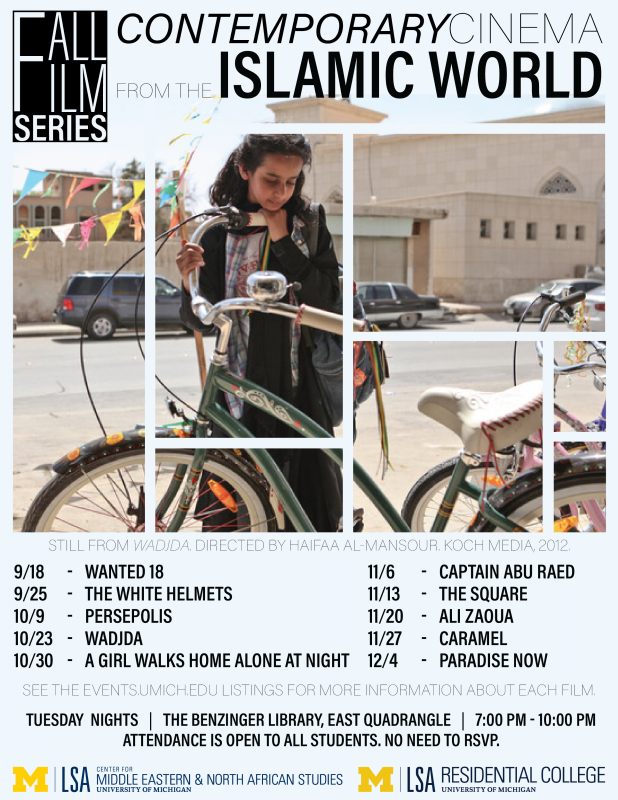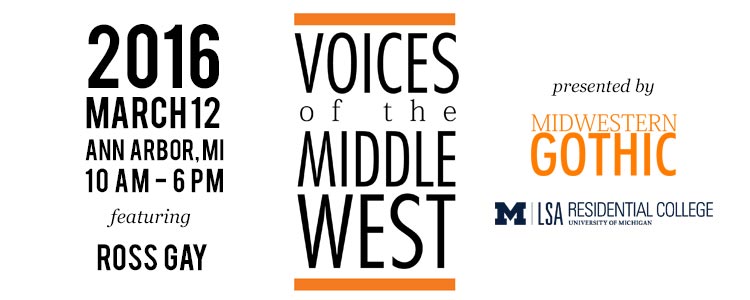
Claymation from the perspective of cows, real interviews of Palestinians and Israelis, a personal narrative interwoven as the spine of the movie, and a compelling true story of a town of Palestinian people who secretly milked eighteen cows as a way to resist Israeli occupation– this movie is artistically ambitious, politically evocative, and utterly heartrending.
The Residential College, with support from the Center for Middle Eastern and North African Studies, is hosting a series of movies on contemporary cinema from the Islamic world, and The Wanted 18 is kicking off the series. The film screenings take place in East Quad’s Benzinger library at 7 p.m. After the film screening, audience members had a short dialogue on the movie lead by the series’ curator and host, Sascha Crasnow. I appreciated the organization of the events, the dialogue that followed it, and the film was easily one of the best documentaries I’ve seen.
This documentary takes place in Beit Sahour in the 1980s, a small town east of Bethlehem with a majority-Christian Palestinian population. The people of Beit Sahour used the cows as a way to boycott Israeli goods and remain self-sufficient. The eighteen cows went from ordinary livestock to infamous celebrities that were “threats to the national security of the state of Israel”. How? How did these cows, as one interviewee put it, become “political activists” alongside the Palestinians against Israeli occupation?
This movie unfolds that answer in one of the most creative documentary formats. The film brilliantly includes claymation in a comic-book-like style. In fact, it takes the humor so far that the animation is from the perspective of the cows. They’re the hilarious epicenters of the movie, and all the events unfold around them. “Oh, shit,” one cow says to another as they’re given off to the Palestinians; they have distinct characters (Lola is called the “sexy cow”, for example); they don’t side with the Palestinians or the Israelis, but are shown to be strong and powerful allies to their own cause. We as the audience relate to the cows in some very commonplace way– they have western accents, make crudely funny remarks, seem to full of desire and indecision. At first, the cows are reluctant to join the side of the Palestinians and even try escaping from the truck that held them. One cow said in the beginning to the Palestinian attempting to milk her, “Ugh, get lost, tiny terrorist.”
As much as we get of the cows, though, we also get of real interviews from people that lived through the boycott. For the people of Beit Sahour, these cows represented an attempt to join the narrative of resistance and recognition. One man from the documentary says when first acquiring the cows: “I felt as if we had started to realize our dreams of freedom and independence.” The cows became Beit Sahour’s symbols of civil disobedience and autonomy from occupation. They knew they were mere civilians– a doctor sweeping the street, a homemaker hanging up the laundry, butchers, teachers, tailors– but they wanted to feel like their lives were no longer dictated by an external force, like their homes weren’t a prison. “We deserve to have our homes,” another interviewee said, “We deserve to have our land, we deserve to have our freedom, and we deserve to have our cows.”
During the height of Palestinian resistance in 1987, the cows rose to celebrity status outside of Beit Sahour and the state of Israel become deeply paranoid that they may lose control over their occupied lands. In a scramble to regain power and composure, the state of Israel declare the eighteen cows as “wanted criminals”
There are parts of this movie that are controversial and jarring. There is an animated scene where a woman throws off her bedsheets and finds a dead cow beneath them; some of the things the cows say can be considered offensive expletives, like the “tiny terrorist” comment; one person frequently referred to by the interviewees dies at the end of the movie to the heartbreak of the audience; and of course, we know the struggle is not over for the people of Beit Sahour, or Palestinians, and Israelis. During the dialogue, one person critiqued the movie for trivializing the seriousness of the issue by the sense of crude humor the cows possess. The director of the film, however, counters this; he says, “When you laugh, you are challenging your oppressor and challenging the image of being a victim.” There is a great deal of conversation to be had around this film, for it is complex and deals with complex issues.
What I love about this movie is that it takes something so difficult to discuss and creates conversation around it in a manner that is intelligent and artistic. I would recommend this film to anyone who is exploring art from the Islamic world, or who is interested in political art, or loves to watch compelling, deeply moving documentaries. This film is brilliant and raw in its storytelling and creativity, and, in its own way, is a form of resistance.
You can find more films in this film series in the poster below:

Additional sources: https://www.aljazeera.com/news/2015/11/qa-middle-east-powerful-army-chasing-18-cows-151111094846819.html







